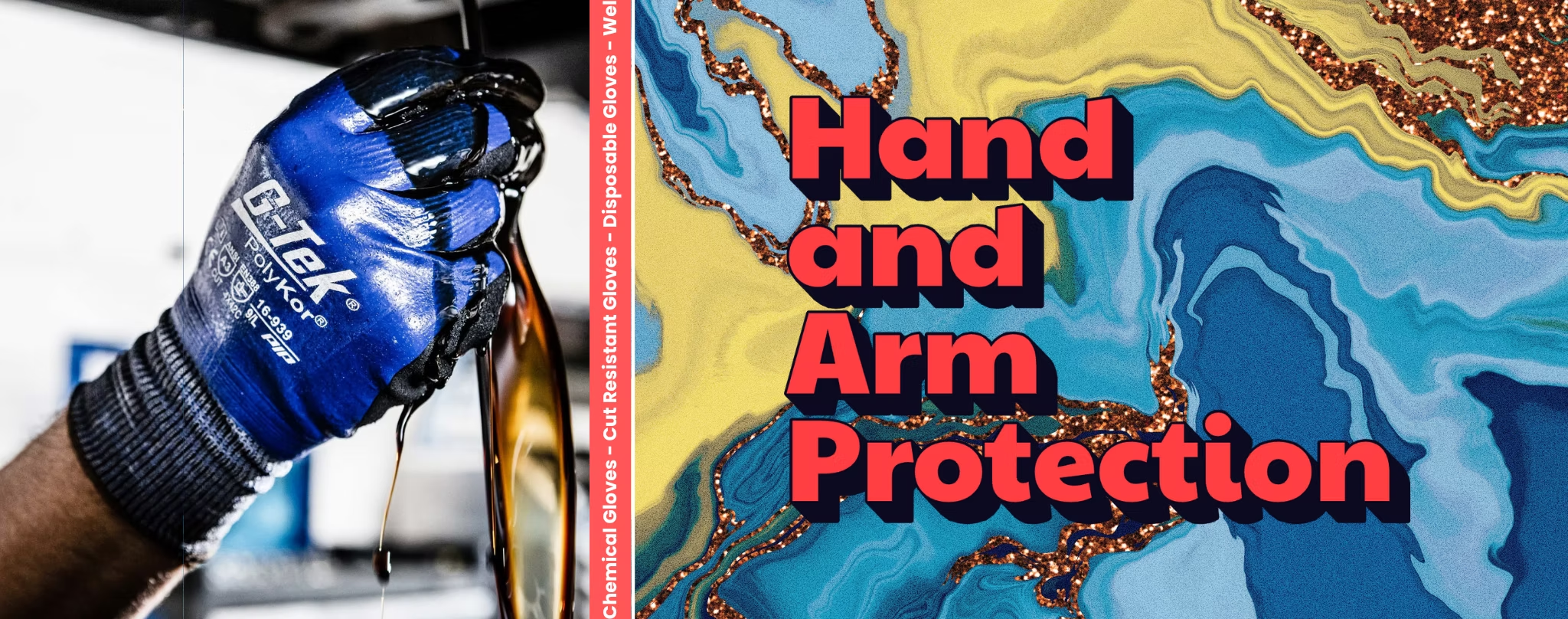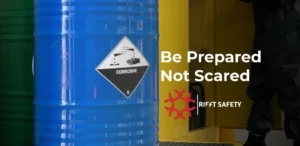Despite what your inner child might be thinking right now, “booms” in this context, are temporary barriers meant to contain and control chemical spills, especially oil. They are invaluable tools when responding to a spill emergency. You would typically use booms in water such as oceans, rivers, lakes and ponds, but they can also be quite useful on land. There are two primary types of booms, Absorbent Booms and Non-absorbent Booms, which usually includes a containment partition that floats on, and extends above the water’s surface, and a “skirt” or “curtain” that sinks into the water. Depending on what the situation calls for, booms may be deployed in various configurations in order to:
- Divert spills away from sensitive habitats and/or into collection locations,
- Contain spills for on-site recovery and treatment, or
- Completely surround spills for in-situ burning (booms used in burning are either water-cooled or made of fire-resistant material).
They also rarely look the same. Some are long-stuffed tubes, while others can have flat, vertical panels that act as walls and separators. Therefore, it’s important to understand their features and functions so you can use them successfully in the event of an emergency.
In this article, I will guide you through the different booms to maximise containment efficiency. In an ideal world you would never have to worry or deal with such situations but alas, that’s not the world we live in. So let’s dive in!
Absorbent Booms: A Closer Look
The fundamental distinction among booms is whether they are absorbent or non-absorbent. For example, absorbent floating oil booms are designed to absorb oil and other hydrocarbons from the water’s surface. They are coloured white to make them easy to see, and are made of a mesh sock or tube filled with polypropylene fibres, known for their oil-absorbing capabilities while repelling water. The natural buoyancy of polypropylene allows these booms to float effectively without the need for additional buoyant materials.
Furthermore, the carbon steel connectors found at their ends allow them to easily link together for larger coverage, much like how individual Lego pieces snap together to form a larger, more complex structure.
After significantly reducing the volume of oil in the water, absorbent floating oil booms will reach their point of saturation and should be disposed of afterwards. These booms are best to deal with initial spills in calm water conditions.
Apart from that, you can also get chemical hazmat booms which comes in an eye-catching sunflower yellow designed for land use. They are effective in containing and absorbing hazardous chemical spills that are typically more aggressive, including acids, oils and hydrocarbons. This means that they are suitable for unknown spills as well, just like the time you walked into the break room and noticed a spill on the floor.
Just like oil booms, their quick and secure linking mechanism allows them to create any desired length for containment.
Non-Absorbent Floating Oil Booms: Effective Containment Solutions
Contrary to absorbent booms, non-absorbent booms are primarily used as barriers to redirect or contain spills. Through skimming or chemical dispersants, they can facilitate spill collection or breakdown. They often feature foam-filled chambers or air-filled chambers for buoyancy.
To accomodate for various scenarios, you can get non-absorbent booms in a wide range of options from conventional contractor booms to inflatable booms. Because of the materials that they are made up of, non-absorbent booms can be used for an extended period of time. This means they can better adapt to a range of water and weather conditions – which is more than what my 1998 Honda Civic can handle.
Integrating Both Absorbent and Non-Absorbent Booms When Responding to an Oil Spill
Ultimately, you need to identify the nature of the spill or at the very least what you will likely encounter in the event of a spill emergency when choosing your boom. One of the most effective strategies that many spill responders often employ is to utilise both absorbent and non-absorbent booms.
For example, if you had an oil spill, you would place an absorbent boom on the oil-affected side of the non-absorbent boom, creating an efficient two-stage containment and clean-up system. This strategy ensures that the spread of oil is minimised while simultaneously addressing the accumulated oil.
Rifft Safety: Your Partner in Spill Management
We hope you learned something new about booms today. Given the fact that so many chemicals exist, it’s critically important that you are well prepared for any scenario. This article aims to help organisations and individuals understand the distinct roles and applications of these two types of booms, so they can better prepare for and respond to spill incidents.
We at Rifft Safety offer an extensive selection of booms to meet the diverse needs of customers facing spill challenges. Whether you’re dealing with calm waters or facing adverse weather conditions, our range of Absorbent and Non-Absorbent Booms provides reliable solutions for effective spill containment and management.

